Home>diy>Architecture & Design>How Do You Design An Energy-Efficient House


Architecture & Design
How Do You Design An Energy-Efficient House
Modified: October 20, 2024
Learn how to design an energy-efficient house with our expert tips and techniques. Find out how architecture design can help you save energy and reduce your carbon footprint.
(Many of the links in this article redirect to a specific reviewed product. Your purchase of these products through affiliate links helps to generate commission for Storables.com, at no extra cost. Learn more)
Introduction
In today’s world, where environmental consciousness is growing, designing an energy-efficient house has become more important than ever. An energy-efficient house not only helps reduce the impact on the environment but also offers significant benefits to homeowners, such as lower energy bills and improved comfort. But how do you go about designing an energy-efficient house? In this article, we will explore the key factors and considerations that go into designing a house that maximizes energy efficiency.
Before delving into the specifics, it’s important to understand the concept of energy efficiency in the context of house design. Simply put, an energy-efficient house is one that minimizes energy waste and maximizes the utilization of available resources. This is achieved through careful planning and integration of various elements, including the house’s location, orientation, building envelope, insulation, heating and cooling systems, lighting, use of renewable energy sources, and the incorporation of smart home technology. By optimizing these factors, homeowners can reduce their carbon footprint and create a more sustainable and comfortable living space.
Now, let’s explore the key factors that should be considered when designing an energy-efficient house.
Key Takeaways:
- Designing an energy-efficient house involves strategic factors like location, insulation, HVAC systems, lighting, renewable energy, and smart technology. It offers lower bills, improved comfort, environmental benefits, and potential resale value.
- By prioritizing energy efficiency, homeowners can create a sustainable living space, reduce energy bills, lower environmental impact, and enjoy improved comfort and health. Government incentives and growing technology make it easier to implement sustainable design practices.
Read more: How Do You Qualify For Insulation Grant
Understanding the Concept of Energy-Efficient Houses
Before delving into the specifics of designing an energy-efficient house, it is crucial to have a solid understanding of the concept itself. An energy-efficient house is a building that is designed to minimize its energy consumption and maximize its energy efficiency. This is achieved through careful consideration of various factors, including the house’s location, orientation, insulation, heating and cooling systems, lighting, and use of renewable energy sources.
One of the fundamental principles of energy-efficient house design is reducing energy waste. This involves creating a well-insulated building envelope that prevents heat transfer and keeps the interior temperature stable. By minimizing air leaks and using high-quality insulation materials, homeowners can significantly reduce their reliance on artificial heating and cooling systems.
In addition to insulation, the orientation of the house plays a crucial role in energy efficiency. By aligning the building properly with the sun’s path, homeowners can take advantage of natural light and heat. For example, positioning windows strategically to allow for adequate daylighting can reduce the need for artificial lighting during the day. Similarly, positioning rooms that require more sunlight, such as living areas, on the southern side of the house can help maximize passive solar heating in colder seasons.
Another important consideration in energy-efficient house design is the choice of heating, ventilation, and air conditioning (HVAC) systems. Implementing energy-efficient HVAC systems, such as geothermal heat pumps or high-efficiency air conditioners, can significantly reduce energy consumption and lower utility bills. Additionally, proper ventilation design ensures a healthy indoor environment while minimizing energy loss.
Lighting is another aspect to focus on when designing an energy-efficient house. Choosing energy-efficient lighting fixtures, such as LED bulbs, can significantly reduce electricity consumption. Incorporating natural lighting through skylights or large windows can also help reduce the need for artificial lighting during the day.
Lastly, the use of renewable energy sources is a key component of energy-efficient house design. Installing solar panels or wind turbines allows homeowners to generate their own clean energy, reducing dependency on the electrical grid and further lowering energy costs. As the cost of renewable energy technologies continues to decrease, more homeowners can take advantage of these sustainable options.
By understanding the fundamental concepts of energy-efficient house design, homeowners can make informed decisions to create a sustainable and efficient living space. In the following sections, we will explore each of these key factors in more depth and discuss how to integrate them into the design process of an energy-efficient house.
Key Factors to Consider in Energy-Efficient House Design
Designing an energy-efficient house involves considering several key factors that contribute to its overall energy efficiency. By focusing on these factors, homeowners can create a home that not only minimizes energy waste but also reduces environmental impact and lowers utility bills. Let’s explore each of these factors in more detail:
1. Location and Orientation: The location and orientation of the house play a crucial role in energy efficiency. Choosing a location with ample sunlight and favorable climate conditions can capitalize on natural heating and cooling opportunities. Orienting the house to maximize the use of natural light and passive solar heat in the winter, while providing shade in the summer, can significantly reduce the need for artificial lighting and temperature control.
2. Building Envelope and Insulation: A well-insulated building envelope is vital for reducing energy consumption. High-quality insulation materials, properly installed on the roof, walls, and floors, minimize heat transfer and maintain a stable indoor temperature. Investing in energy-efficient windows and doors that are properly sealed further enhances the building envelope’s effectiveness.
3. Efficient Heating, Ventilation, and Air Conditioning (HVAC) Systems: The choice of HVAC systems significantly impacts a house’s energy efficiency. Selecting energy-efficient systems, such as geothermal heat pumps or high-efficiency air conditioners, can dramatically reduce energy consumption. Additionally, implementing proper ventilation systems ensures good indoor air quality while maximizing energy efficiency.
4. Energy-Efficient Lighting: Lighting accounts for a significant portion of a home’s energy consumption. By opting for energy-efficient lighting options, such as LED bulbs, homeowners can achieve significant energy savings. Incorporating natural lighting through strategic window placement and skylights can further minimize the need for artificial lighting during daylight hours.
5. Utilizing Renewable Energy Sources: Incorporating renewable energy systems, such as solar panels or wind turbines, allows homeowners to generate clean energy onsite. This reduces reliance on conventional grid electricity and helps lower energy costs over the long term. Advancements in renewable energy technologies have made these options more accessible and affordable than ever before.
6. Smart Home Technology for Energy Management: Integrating smart home technology enables homeowners to efficiently manage and optimize energy usage. Smart thermostats, energy monitoring systems, and automated controls can intelligently regulate heating, cooling, and lighting, ensuring energy is used only when needed.
By considering these key factors, homeowners can holistically design an energy-efficient house that minimizes energy waste, lowers utility costs, and promotes a sustainable lifestyle. In the following sections, we will delve deeper into each factor and outline specific strategies for implementation.
Location and Orientation
The location and orientation of a house are essential factors to consider when designing an energy-efficient home. By strategically planning the placement and positioning of the house, homeowners can take advantage of natural resources to minimize energy consumption and maximize comfort. Let’s explore how location and orientation contribute to energy efficiency:
1. Sunlight and Climate: Choosing a location with a favorable climate and ample sunlight can greatly impact a house’s energy efficiency. Regions with abundant sunshine can harness solar energy for heating, lighting, and even electricity generation. Conversely, areas with extreme heat or cold may require additional considerations to maximize energy efficiency.
2. Solar Heat Gain: Proper orientation of the house is crucial to optimize solar heat gain. South-facing windows allow for maximum sunlight exposure during the winter, helping to naturally heat the interior. Large overhangs or shading devices can be incorporated to prevent excessive heat gain during the summer months.
3. Natural Ventilation: Orienting the house to take advantage of prevailing winds can facilitate natural ventilation, reducing the reliance on mechanical cooling systems. Strategic placement of windows can create cross breezes and promote airflow throughout the house, improving indoor air quality and comfort.
4. Landscaping: Landscaping elements, such as trees and shrubs, can provide shade during hot summer months, reducing the need for excessive air conditioning. Additionally, landscaping can act as a windbreak, helping to shield the house from cold winds during the winter, minimizing heat loss.
5. Access to Amenities: Consider choosing a location that offers proximity to amenities such as public transportation, grocery stores, and work centers. This reduces the need for excessive travel and transportation, resulting in lower environmental impact and reduced energy consumption.
6. Local Regulations and Incentives: It is important to research and understand local regulations and incentives related to energy-efficient construction. Some regions offer tax incentives or grants for implementing energy-saving features or using renewable energy sources. Compliance with building codes and regulations related to energy efficiency is also crucial to ensure the long-term sustainability of the house.
By carefully considering the location and orientation of a house during the design phase, homeowners can harness the power of nature to reduce energy consumption and improve the overall quality of living. Optimal placement and orientation can maximize solar gain, natural ventilation, and incorporate sustainability elements such as landscaping. In the next sections, we will explore other key factors in energy-efficient house design, including building envelope and insulation, efficient HVAC systems, energy-efficient lighting, and renewable energy sources.
Building Envelope and Insulation
When it comes to designing an energy-efficient house, the building envelope and insulation are crucial components that contribute to reduced energy consumption and increased comfort. The building envelope refers to the exterior shell of the house, which includes the walls, roof, windows, and doors. Insulation, on the other hand, acts as a barrier against heat transfer and helps maintain a stable indoor temperature. Let’s explore the importance of the building envelope and insulation in more detail:
1. Insulation Materials: Proper insulation is essential for minimizing heat transfer between the interior and exterior of the house. High-quality insulation materials, such as fiberglass, cellulose, or rigid foam, can be installed on the walls, roof, and floors to create an effective thermal barrier. Insulation not only keeps the house warm in winter but also helps prevent heat gain during the summer months.
2. Wall Insulation: Walls are a critical part of the building envelope, and insulating them properly is essential. Insulation can be installed within the wall cavity or added to the exterior or interior surface. Additionally, incorporating insulation sheathing on the exterior of the walls can further enhance energy efficiency by reducing thermal bridging.
3. Roof Insulation: Proper insulation in the roof is essential for preventing heat loss during the winter and heat gain during the summer. Insulated roof panels or spray foam insulation can be used to create an effective thermal barrier. Additionally, incorporating proper ventilation in the attic or roof space helps regulate temperature and reduce moisture buildup.
4. Window and Door Insulation: Windows and doors are often areas of heat loss and gain. Choosing energy-efficient windows with low U-values and high insulation properties, such as double or triple glazing, can significantly reduce energy consumption. Proper sealing and weatherstripping around windows and doors also prevent air leaks and improve insulation.
5. Air Sealing: Air leakage can significantly impact energy efficiency. Ensuring a tight building envelope through proper air sealing techniques, such as caulking, weatherstripping, and sealing gaps and cracks, helps prevent heat loss and maintains a comfortable indoor environment.
6. Thermal Mass: Thermal mass refers to materials that can absorb and store heat, such as concrete or stone. Incorporating thermal mass elements, such as a concrete floor or interior walls, can help regulate temperature fluctuations and reduce the need for artificial heating or cooling.
By focusing on the building envelope and insulation, homeowners can create a well-insulated house that minimizes heat loss or gain, reduces the need for excessive heating or cooling, and enhances overall energy efficiency. Proper insulation materials, wall and roof insulation, energy-efficient windows and doors, and effective air sealing techniques all work together to create a comfortable and energy-efficient living space. In the next sections, we will explore other key factors in energy-efficient house design, including efficient HVAC systems, energy-efficient lighting, and the use of renewable energy sources.
Efficient Heating, Ventilation, and Air Conditioning (HVAC) Systems
Efficient heating, ventilation, and air conditioning (HVAC) systems are essential in designing an energy-efficient house. HVAC systems play a significant role in maintaining a comfortable indoor environment while minimizing energy consumption. By opting for energy-efficient HVAC systems and implementing smart design strategies, homeowners can achieve optimal thermal comfort and lower energy costs. Let’s explore the key aspects of efficient HVAC systems:
1. Energy-Efficient Heating Systems: Selecting the right heating system is crucial for energy efficiency. High-efficiency furnaces, heat pumps, or geothermal systems are excellent options to consider. These systems utilize advanced technology to generate heat more efficiently, reducing energy consumption and lowering utility costs.
2. Zoning and Programmable Thermostats: Implementing zoning systems allows for independent temperature control in different areas or zones of the house, avoiding unnecessary heating or cooling of unoccupied spaces. Coupled with programmable thermostats, homeowners can set specific temperature schedules to optimize energy usage, allowing the system to adjust accordingly when rooms are not in use.
3. Smart Ventilation Systems: Proper ventilation is crucial for maintaining good indoor air quality while minimizing energy loss. Energy recovery ventilation (ERV) or heat recovery ventilation (HRV) systems can efficiently exchange stale indoor air with fresh outdoor air, while recovering heat or coolness from the outgoing air to precondition incoming air, reducing energy demand.
4. Efficient Air Conditioning Systems: When it comes to cooling, choosing energy-efficient air conditioning systems is essential. High-efficiency air conditioners, evaporative coolers, or heat pumps are effective options that consume less energy while providing optimal cooling comfort. Proper sizing and regular maintenance of the air conditioning system are also essential for maximizing energy efficiency.
5. Maintenance and Insulation: Regular maintenance of HVAC systems ensures optimal performance and energy efficiency. Clean filters, well-maintained equipment, and proper insulation of air ducts help minimize energy loss and improve overall system efficiency. It is essential to schedule routine inspections and maintenance to identify and address any issues promptly.
6. Energy Monitoring and Smart Controls: Implementing energy monitoring systems can provide valuable insights into HVAC energy usage. Smart controls, such as smart thermostats, allow homeowners to monitor and adjust temperature settings remotely, ensuring efficient energy usage and comfort.
By investing in energy-efficient heating, ventilation, and air conditioning systems, homeowners can significantly reduce energy consumption, improve indoor air quality, and lower utility costs. Proper system selection, zoning, ventilation, regular maintenance, and smart controls all contribute to creating an energy-efficient and comfortable living environment. In the following sections, we will explore other important factors in energy-efficient house design, including energy-efficient lighting and the utilization of renewable energy sources.
Consider using high-quality insulation, energy-efficient windows, and airtight construction to minimize heat loss and reduce the need for excessive heating and cooling.
Energy-Efficient Lighting
Energy-efficient lighting is a crucial aspect of designing an energy-efficient house. Lighting accounts for a significant portion of a home’s energy consumption, and by choosing the right lighting fixtures and implementing smart lighting design strategies, homeowners can greatly reduce energy usage and lower their electricity bills. Here are some key considerations for energy-efficient lighting:
1. LED Lighting: LED (Light Emitting Diode) bulbs are highly energy-efficient and have a longer lifespan compared to traditional incandescent or fluorescent bulbs. LED bulbs consume significantly less energy while providing the same level of brightness. When selecting LED bulbs, look for ones labeled with the Energy Star certification for optimal efficiency.
2. Compact Fluorescent Lamp (CFL) Bulbs: CFL bulbs are another energy-efficient lighting option. They are more efficient than incandescent bulbs and have a longer lifespan. However, compared to LED bulbs, CFL bulbs may have a slightly higher energy consumption and take a moment to reach full brightness when turned on.
3. Natural Lighting: Incorporating natural lighting is an excellent way to reduce the need for artificial lighting during the day. Maximize the use of windows, skylights, and light tubes to allow natural light to illuminate the interior spaces. Proper placement and sizing of windows can optimize daylighting while minimizing glare and heat gain. Consider installing window coverings, such as blinds or shades, to control and diffuse incoming sunlight when necessary.
4. Motion Sensors and Timers: Install motion sensors or timers in rooms or areas that are frequently unoccupied, such as hallways, bathrooms, or storage spaces. These sensors automatically turn the lights on when someone enters the room and turn them off when the area is no longer in use. Timers can be used to schedule lighting to turn on and off at specific times, ensuring lights are not left on unnecessarily.
5. Dimmers and Lighting Controls: Dimmer switches allow homeowners to adjust the brightness of lights according to their needs. This not only provides flexibility but also reduces energy consumption. Additionally, consider using lighting control systems that allow for precise control over individual fixtures, zones, or rooms, ensuring efficient energy management.
6. Outdoor Lighting: Opt for energy-efficient outdoor lighting options, such as LED or solar-powered lights, to minimize energy consumption. Use motion sensors or timers for outdoor lights to activate only when needed, enhancing security while saving energy.
By utilizing energy-efficient lighting options and implementing smart lighting design strategies, homeowners can significantly reduce their energy consumption and promote sustainability. LED lighting, natural lighting, motion sensors, dimmers, and outdoor lighting considerations all contribute to creating an energy-efficient and well-lit home. In the following sections, we will explore the use of renewable energy sources and the integration of smart home technology as additional elements of energy-efficient house design.
Utilizing Renewable Energy Sources
Integrating renewable energy sources into the design of a house is a crucial step towards achieving long-term energy efficiency and sustainability. By harnessing clean and renewable energy, homeowners can reduce their reliance on traditional fossil fuel-based energy sources, lower their carbon footprint, and potentially save on utility costs. Here are some key ways to utilize renewable energy sources in an energy-efficient house:
1. Solar Power: Installing solar panels is one of the most common and effective ways to generate renewable energy. Solar photovoltaic (PV) panels convert sunlight into electricity, which can be used to power various appliances and systems in the house. By harnessing solar power, homeowners can significantly reduce or even eliminate their reliance on electricity from the grid, particularly during daylight hours.
2. Wind Energy: In areas with consistent and sufficient wind resources, installing a wind turbine can be a viable option for generating renewable energy. Wind turbines harness the power of wind and convert it into electricity. However, it’s important to assess the local wind conditions and obtain necessary permissions before considering the installation of a wind turbine.
3. Geothermal Energy: Geothermal energy systems utilize the stable temperature of the earth to provide heating, cooling, and hot water. Geothermal heat pumps use underground pipes to transfer heat to or from the ground, depending on the desired temperature. This renewable energy source can significantly reduce energy consumption for heating and cooling purposes.
4. Hydropower: In areas with access to running water, small-scale hydropower systems can be implemented to generate electricity. These systems utilize the force of flowing water to turn turbines and produce clean energy. It’s crucial to assess the local water resources and any environmental considerations before considering hydropower as an option.
5. Biomass and Bioenergy: Biomass, such as wood pellets, agricultural waste, or organic materials, can be used as a renewable energy source for heating and electricity generation. Biomass boilers or stoves can efficiently burn biomass fuel to produce heat, while advanced technologies can convert biomass into biogas, which can be used for electricity production or as a renewable fuel source.
6. Net Metering and Grid Interaction: Net metering is a policy that allows homeowners with renewable energy systems to sell excess energy back to the grid. By connecting to the electrical grid, homeowners can ensure uninterrupted power supply and take advantage of financial benefits by offsetting their energy usage and potentially earning credits or payments for the energy they generate.
By incorporating renewable energy sources in the design of a house, homeowners can make significant strides towards achieving energy independence and reducing their environmental impact. Solar power, wind energy, geothermal systems, and biomass utilization are all effective ways to generate clean energy and promote sustainable living. In the next section, we will explore the integration of smart home technology as another element of energy-efficient house design.
Smart Home Technology for Energy Management
Smart home technology has revolutionized the way we control and manage energy usage in our houses. By incorporating smart home systems and devices, homeowners can optimize energy efficiency, increase convenience, and reduce energy waste. Here are some key ways in which smart home technology can be utilized for energy management:
1. Smart Thermostats: Smart thermostats allow homeowners to control and program their heating and cooling systems more efficiently. These devices learn user preferences and occupancy patterns, automatically adjusting temperature settings to minimize energy waste. Smart thermostats can be controlled remotely through smartphone apps, enabling users to monitor and adjust temperature settings even when away from home.
2. Energy Monitoring Systems: Energy monitoring systems provide real-time data on energy consumption, allowing homeowners to identify energy-hungry appliances or areas. By tracking energy usage, homeowners can make informed decisions on energy conservation measures and adjust habits to reduce waste. This increased awareness promotes energy efficiency and helps lower utility bills.
3. Smart Lighting Controls: Smart lighting controls, such as smart switches, dimmers, or connected bulbs, allow homeowners to customize and program lighting settings. This enables them to turn lights on and off remotely, set schedules, and adjust brightness levels, optimizing energy usage and eliminating the need for lights to be left on unnecessarily.
4. Smart Power Strips and Outlets: Smart power strips and outlets can be used to prevent standby power consumption. These devices can detect when devices are not in use and automatically cut off power supply, reducing so-called “vampire energy” that is wasted by devices left in standby mode.
5. Home Energy Management Systems (HEMS): HEMS provide an integrated platform for monitoring, analyzing, and controlling various energy-consuming devices in a home. These systems offer advanced energy management features, such as appliance-level monitoring, energy usage predictions, and recommendations for energy-saving actions.
6. Smart Appliances and Energy-Efficient Devices: Smart home technology extends to energy-efficient appliances, such as smart refrigerators, washers, dryers, and dishwashers. These appliances are designed to optimize energy usage, reduce water consumption, and offer advanced features like intelligent scheduling and remote control, contributing to overall energy efficiency.
By integrating smart home technology into the energy management of a house, homeowners can achieve significant energy savings while maintaining comfort and convenience. Smart thermostats, energy monitoring systems, smart lighting controls, smart power strips, HEMS, and energy-efficient appliances all work together to create an intelligent and efficient home. In the concluding section, we will highlight the benefits of designing an energy-efficient house.
Benefits of an Energy-Efficient House
Designing and living in an energy-efficient house offers a multitude of benefits, both for homeowners and the environment. From cost savings to enhanced comfort and reduced environmental impact, here are some key advantages of an energy-efficient house:
1. Lower Energy Bills: One of the most significant benefits of an energy-efficient house is reduced energy consumption, leading to lower utility bills. By incorporating energy-saving features such as insulation, efficient HVAC systems, and energy-efficient appliances, homeowners can experience substantial cost savings over the long term.
2. Improved Comfort: Energy-efficient houses are designed to maintain a stable indoor temperature, minimizing drafts, cold spots, and temperature fluctuations. Well-insulated walls, efficient heating and cooling systems, and smart home technology all contribute to creating a comfortable living environment year-round.
3. Environmental Impact: Energy-efficient houses have a smaller carbon footprint compared to traditional houses. By reducing energy waste, utilizing renewable energy sources, and implementing sustainable practices, homeowners can contribute to carbon emissions reduction, mitigating the impact on the environment and helping combat climate change.
4. Increased Resale Value: An energy-efficient house is a desirable asset in the real estate market. With growing environmental awareness and rising energy costs, potential buyers increasingly prioritize energy efficiency when searching for a home. Energy-efficient features can significantly boost the resale value of a property and attract environmentally conscious buyers.
5. Health Benefits: Energy-efficient houses often have better indoor air quality due to improved ventilation systems and reduced infiltration of allergens and pollutants. Proper insulation and air sealing techniques help prevent the entry of outdoor pollutants, contributing to a healthier living environment and reducing respiratory issues.
6. Energy Independence and Reliability: By incorporating renewable energy sources, homeowners can reduce their dependency on fossil fuels and the electrical grid. Generating renewable energy on-site not only reduces energy costs but also provides energy security and reliability, particularly in regions prone to power outages or fluctuations.
7. Government Incentives and Tax Benefits: Many governments offer incentives and tax benefits for homeowners who implement energy-efficient features and renewable energy systems. These incentives can include tax credits, grants, or lower interest rates on loans, making it more financially feasible to invest in energy-efficient house design.
Designing an energy-efficient house brings numerous benefits to homeowners, including lower energy bills, increased comfort, reduced environmental impact, improved resale value, and health benefits. Additionally, government incentives and the growing availability of energy-efficient technologies make it easier than ever to implement sustainable design practices. By prioritizing energy efficiency, homeowners can contribute to a more sustainable future while enjoying the many advantages an energy-efficient house has to offer.
Conclusion
Designing an energy-efficient house is not only a responsible choice for the environment but also a smart decision for homeowners. By considering key factors such as location and orientation, building envelope and insulation, efficient HVAC systems, energy-efficient lighting, utilization of renewable energy sources, and incorporating smart home technology, homeowners can create a sustainable and comfortable living space while enjoying a range of benefits.
An energy-efficient house offers lower energy bills, as reduced energy consumption translates into cost savings over time. With rising energy costs, this can have a significant impact on homeowners’ financial well-being. Additionally, the improved comfort provided by a well-insulated and properly designed house enhances the overall quality of living, maintaining a stable indoor temperature and minimizing drafts and inconsistencies.
Not only does an energy-efficient house benefit homeowners, but it also contributes to a healthier planet. By reducing energy waste and incorporating renewable energy sources, homeowners can lower their carbon footprint and mitigate their impact on the environment. This helps combat climate change and creates a more sustainable future for generations to come.
Moreover, an energy-efficient house offers increased resale value in a market where energy efficiency is becoming increasingly valued. Buyers are seeking homes that reduce their environmental impact and lower future energy costs. Investing in energy-efficient features can significantly boost the resale value of a property and attract environmentally conscious buyers.
In addition to the financial and environmental benefits, energy-efficient houses promote better indoor air quality, improved health, and energy independence. By utilizing proper ventilation and air sealing techniques, homeowners can enjoy cleaner, healthier air, minimizing respiratory issues and allergies. Incorporating renewable energy sources allows homeowners to reduce dependency on traditional energy sources, providing energy security and reliability, especially in regions prone to power outages.
Finally, governments recognize the importance of energy efficiency and often offer incentives, tax benefits, and grants to encourage homeowners to implement energy-saving features and renewable energy systems. These financial incentives make it more affordable and financially attractive to invest in energy-efficient house design.
In conclusion, designing an energy-efficient house is a wise decision that benefits homeowners, the environment, and future generations. By integrating sustainable features and utilizing renewable energy sources, homeowners can enjoy lower energy bills, increased comfort, reduced environmental impact, improved resale value, and health benefits. The combination of smart design, energy-efficient technologies, and conscious choices creates a win-win situation for homeowners and the planet, forging a path towards a more sustainable and greener future.
Frequently Asked Questions about How Do You Design An Energy-Efficient House
Was this page helpful?
At Storables.com, we guarantee accurate and reliable information. Our content, validated by Expert Board Contributors, is crafted following stringent Editorial Policies. We're committed to providing you with well-researched, expert-backed insights for all your informational needs.
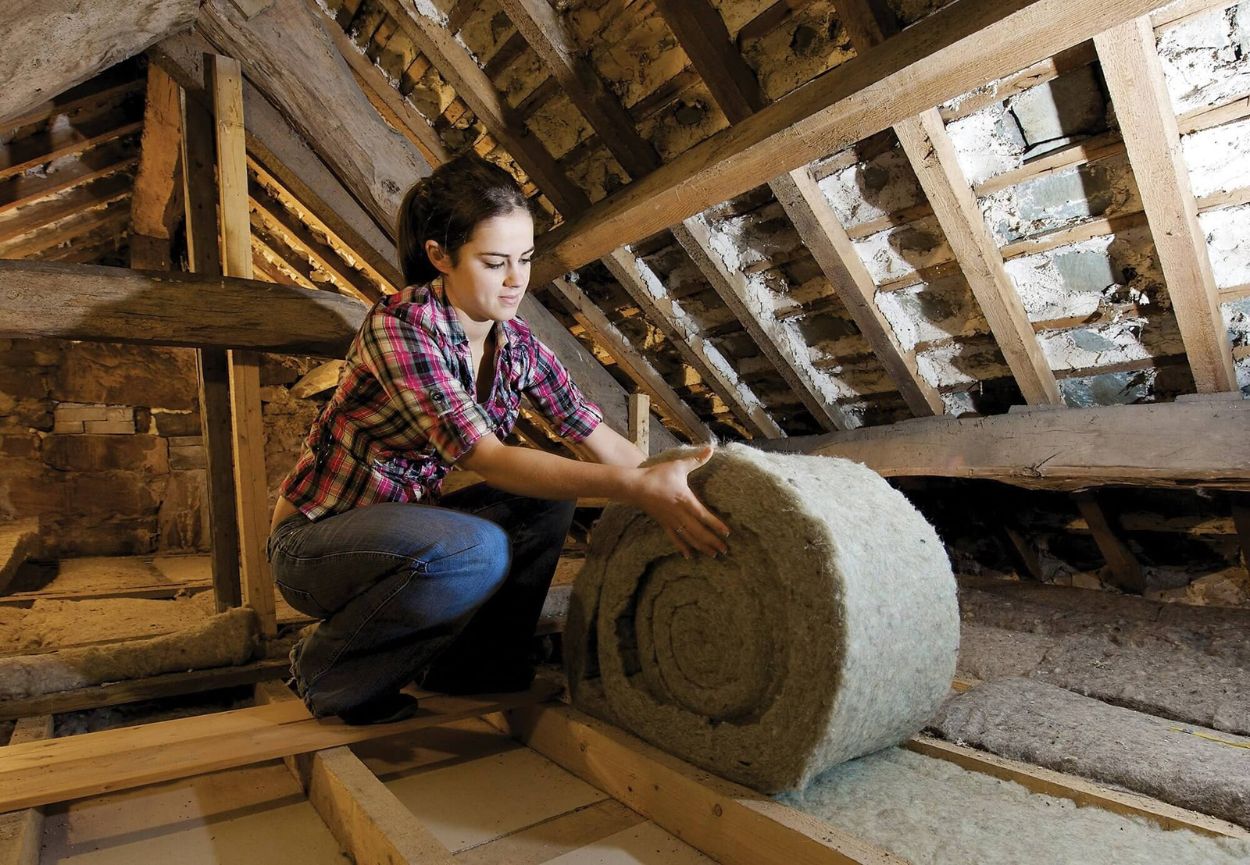
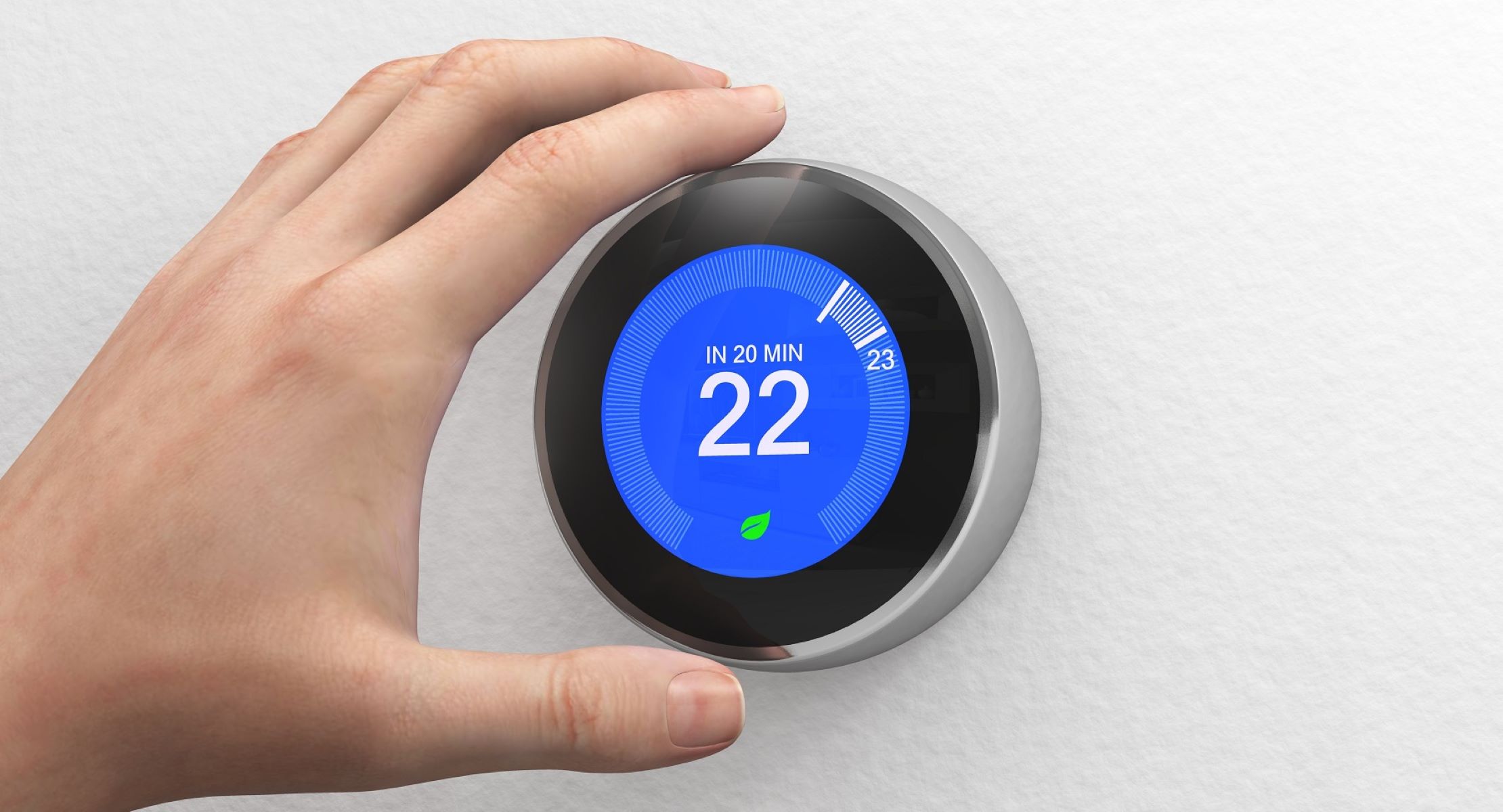
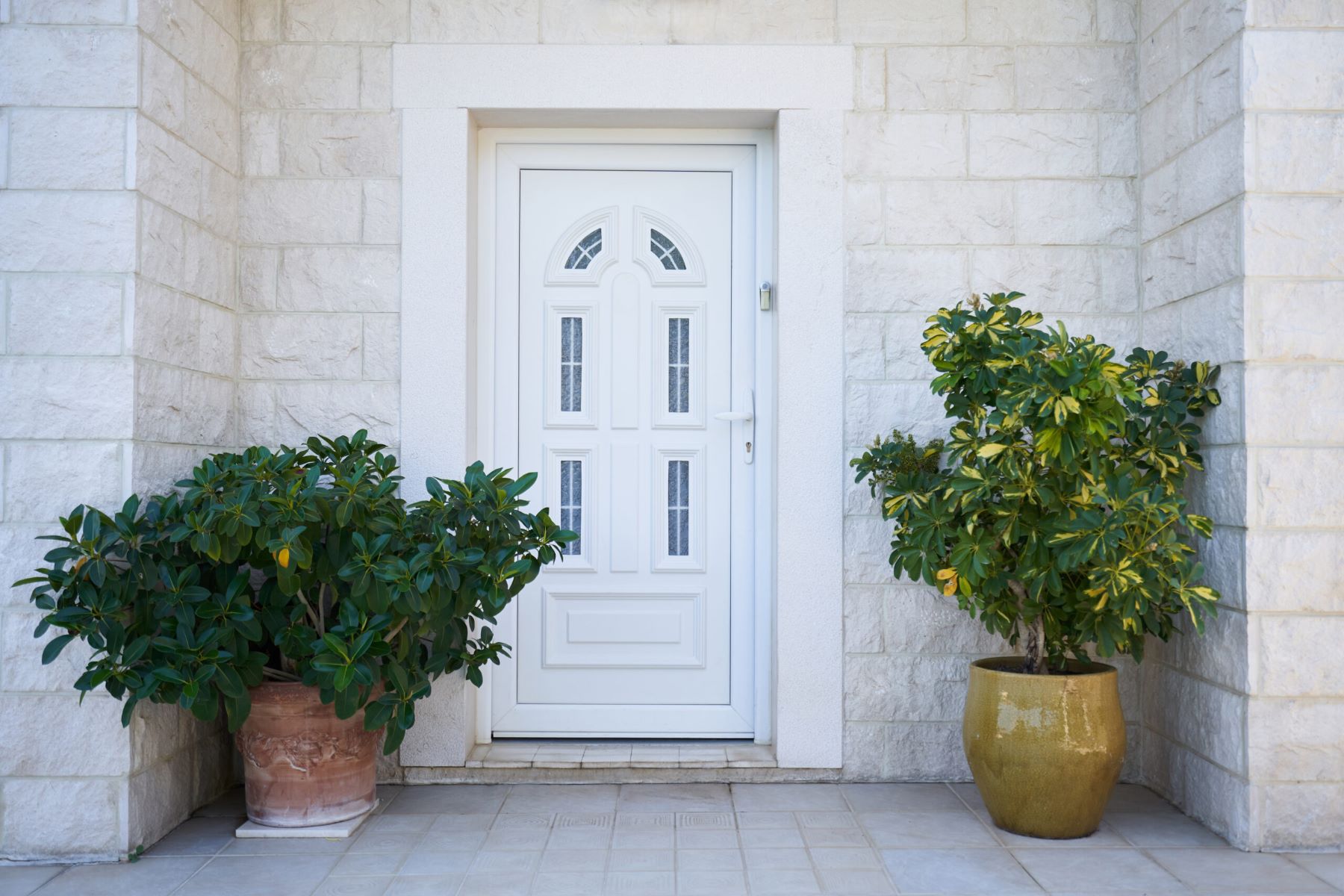
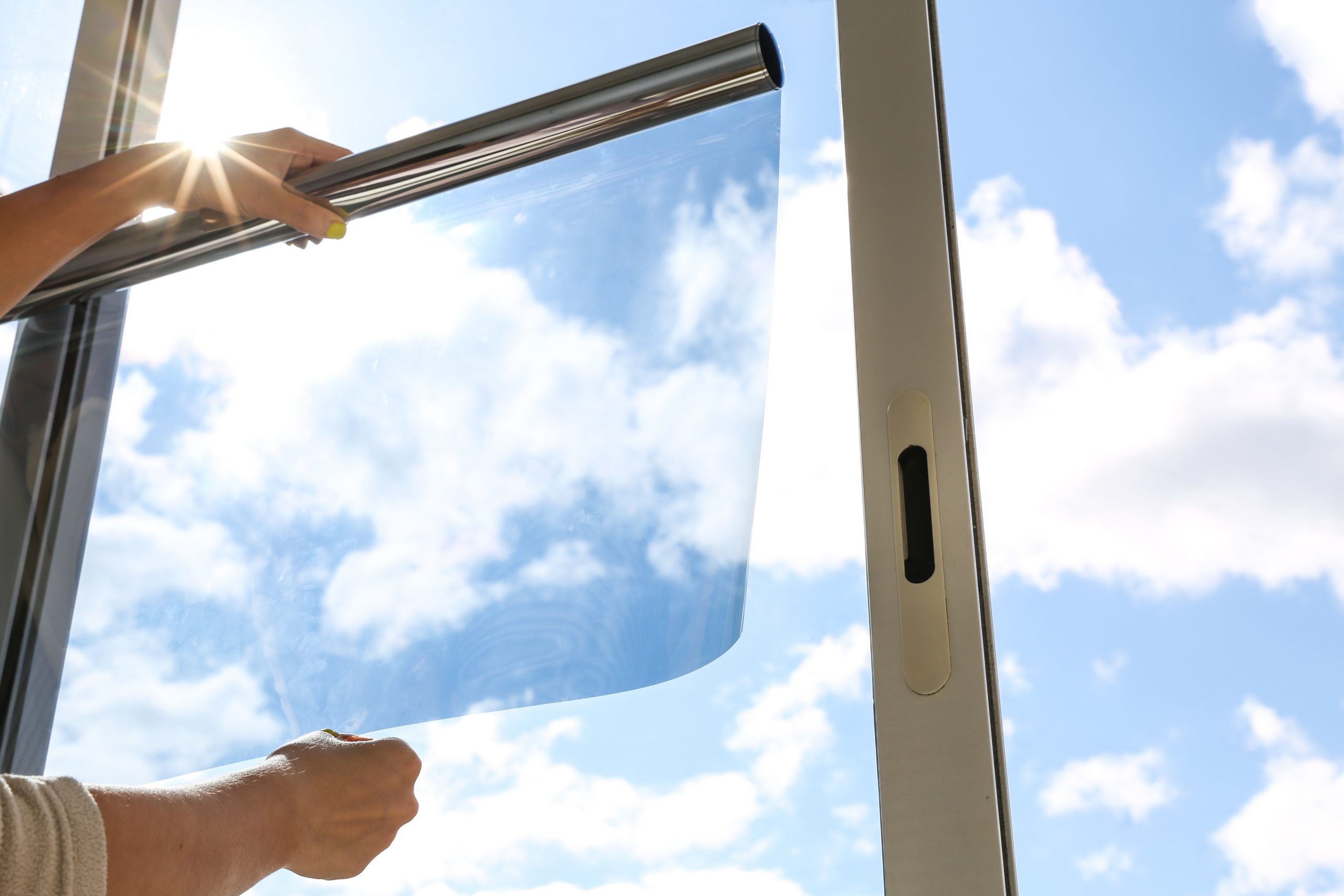
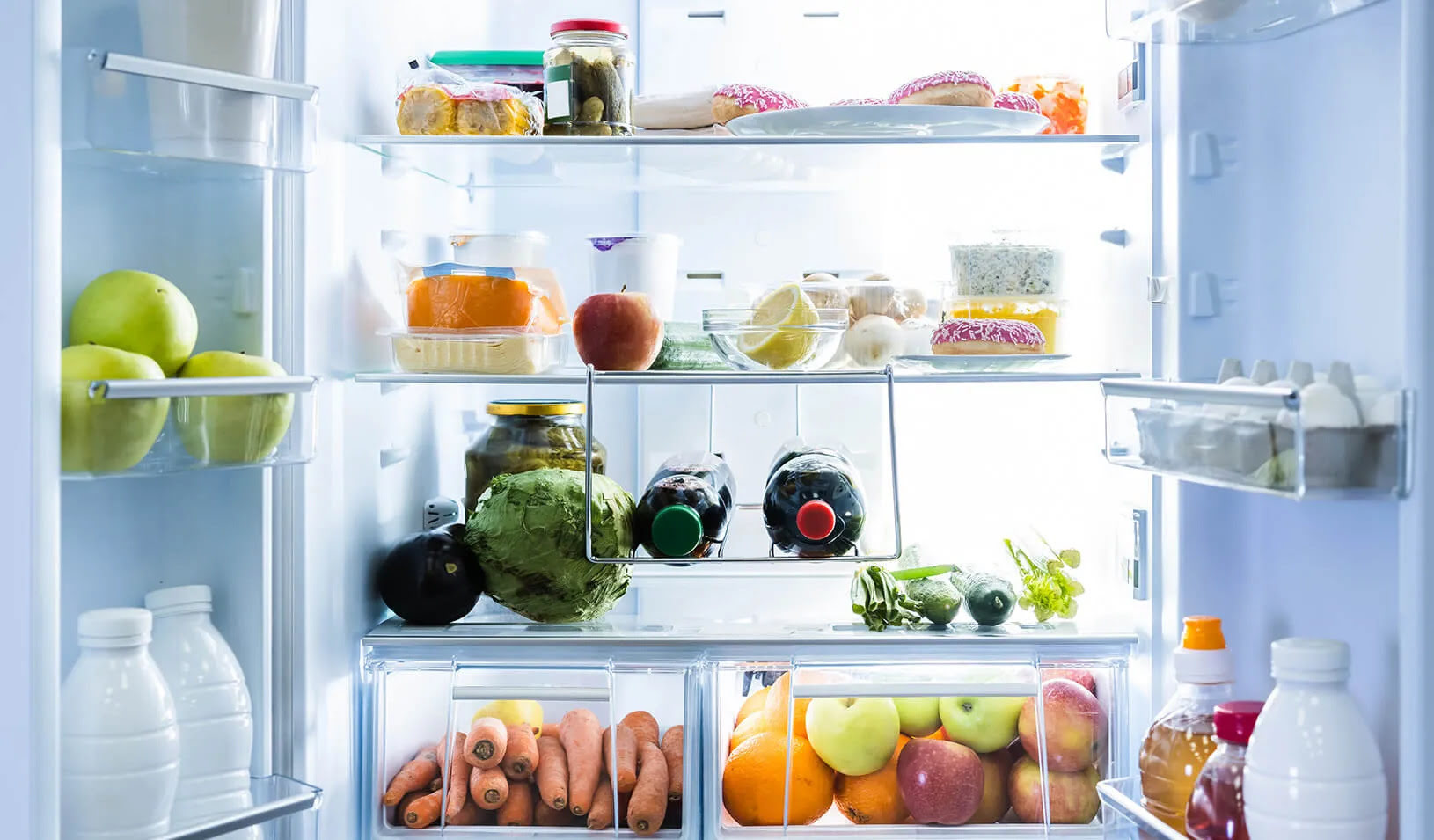
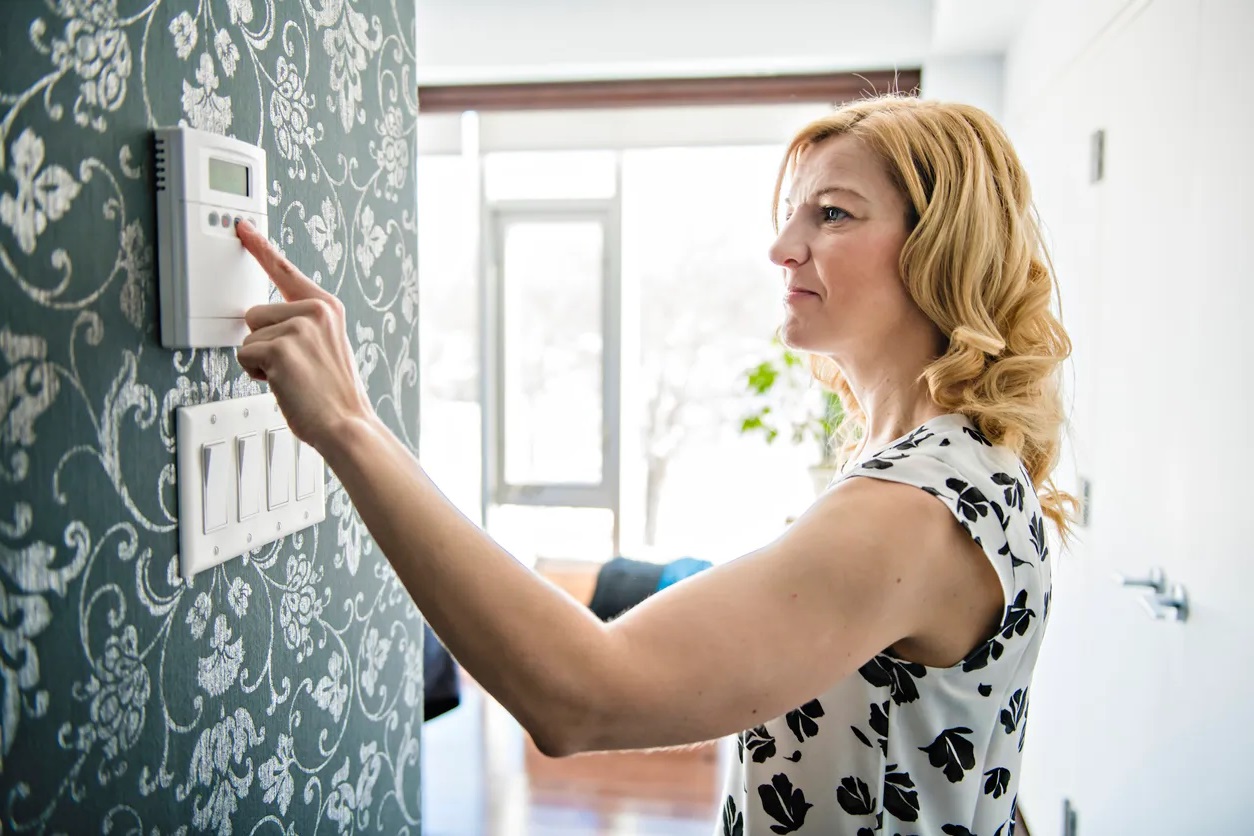
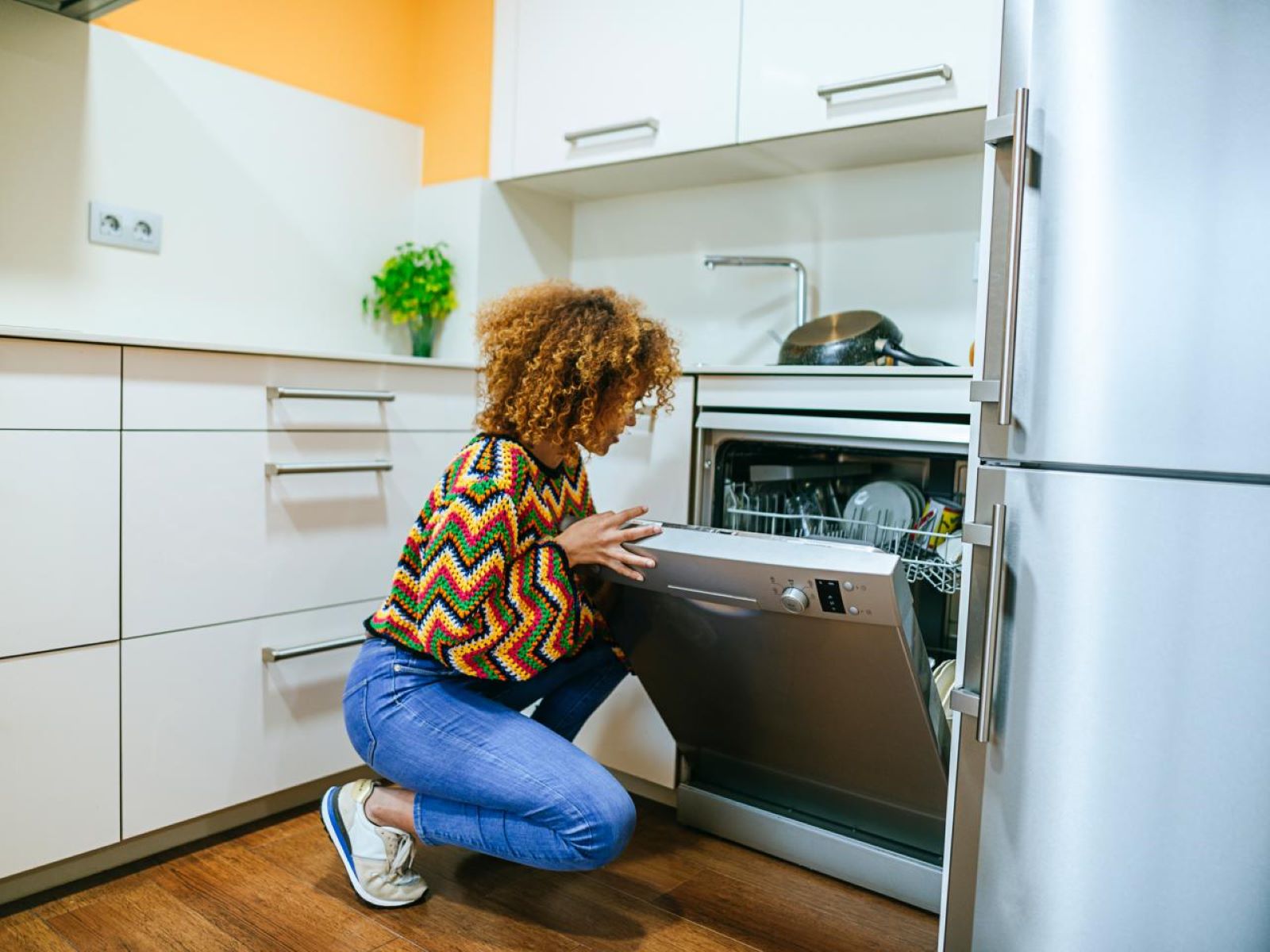
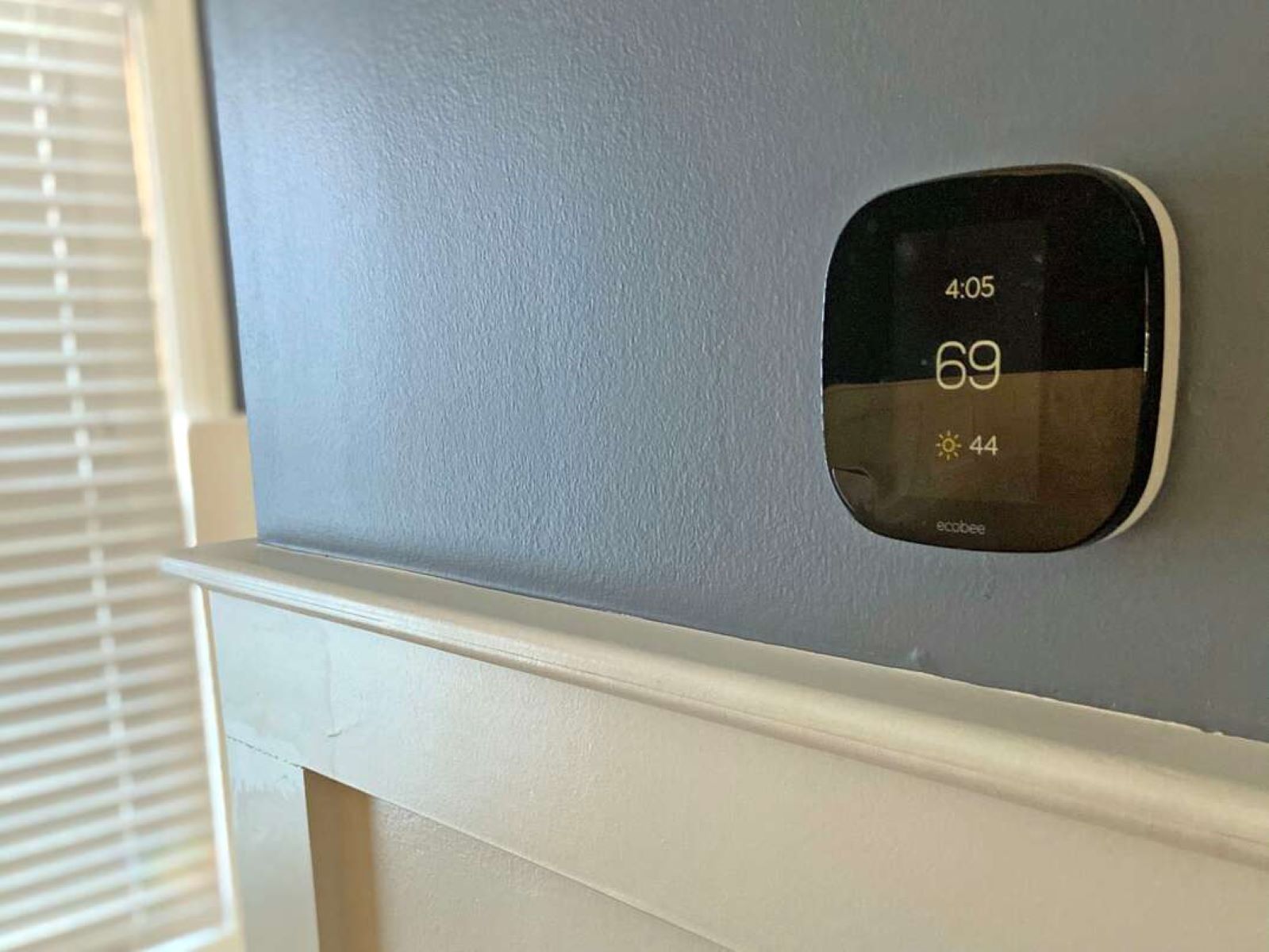
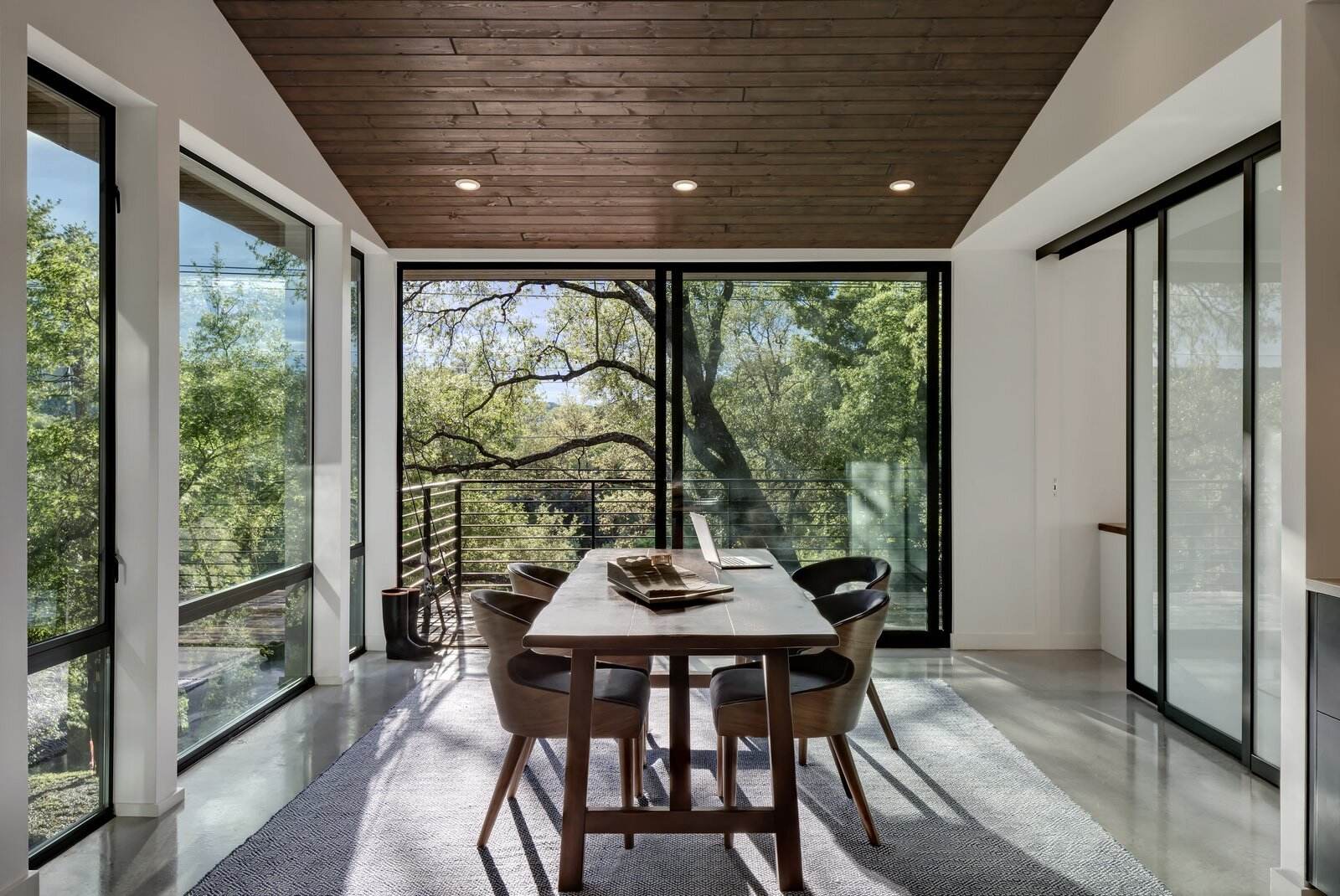
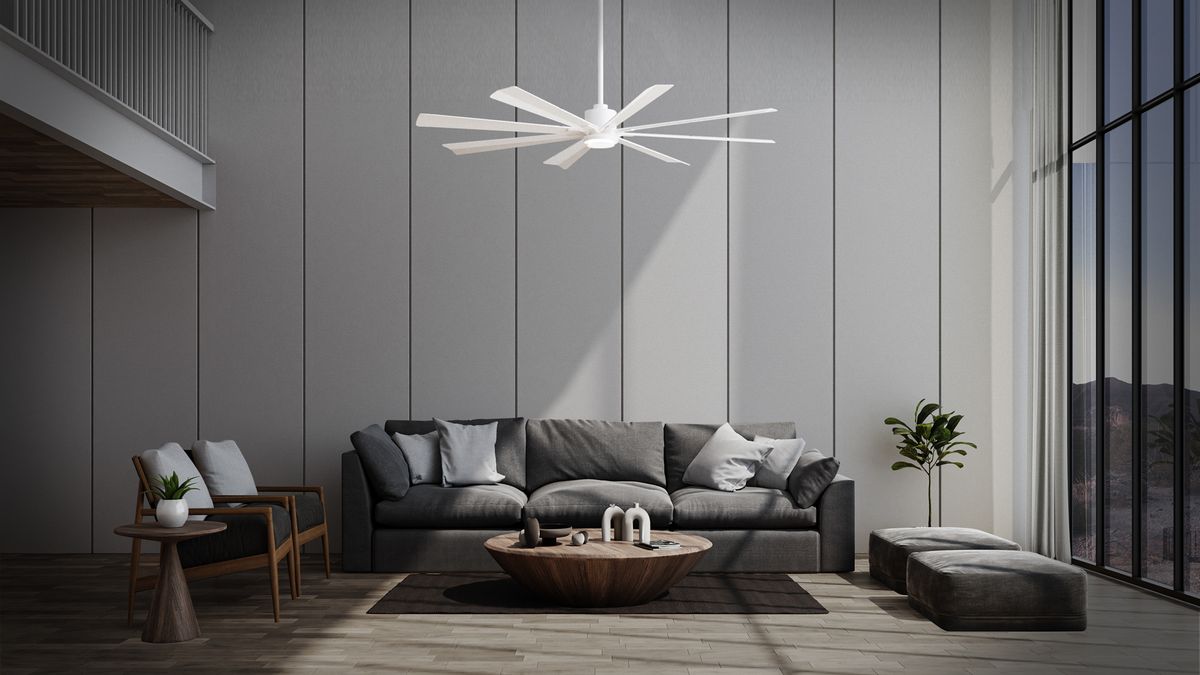
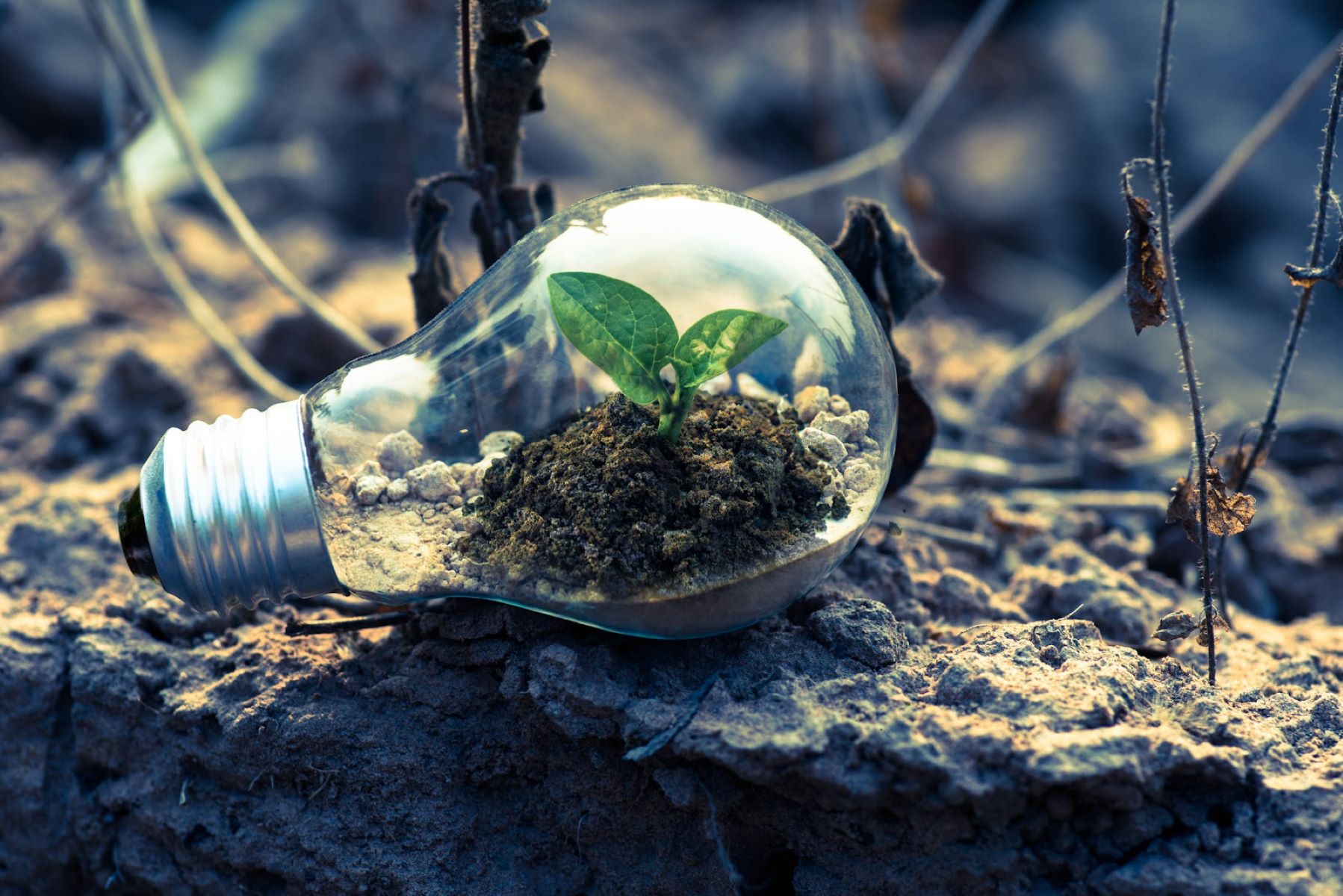
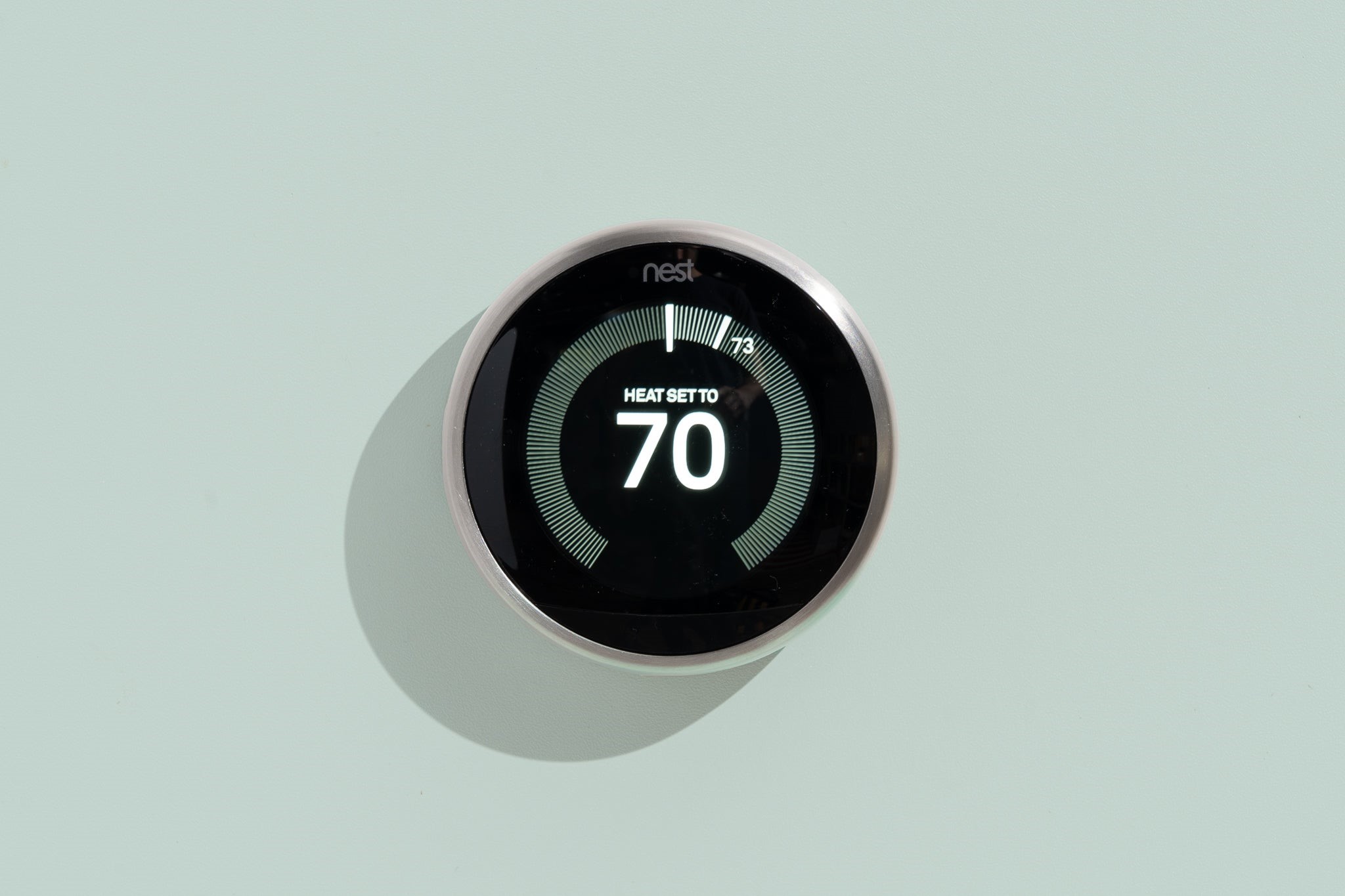
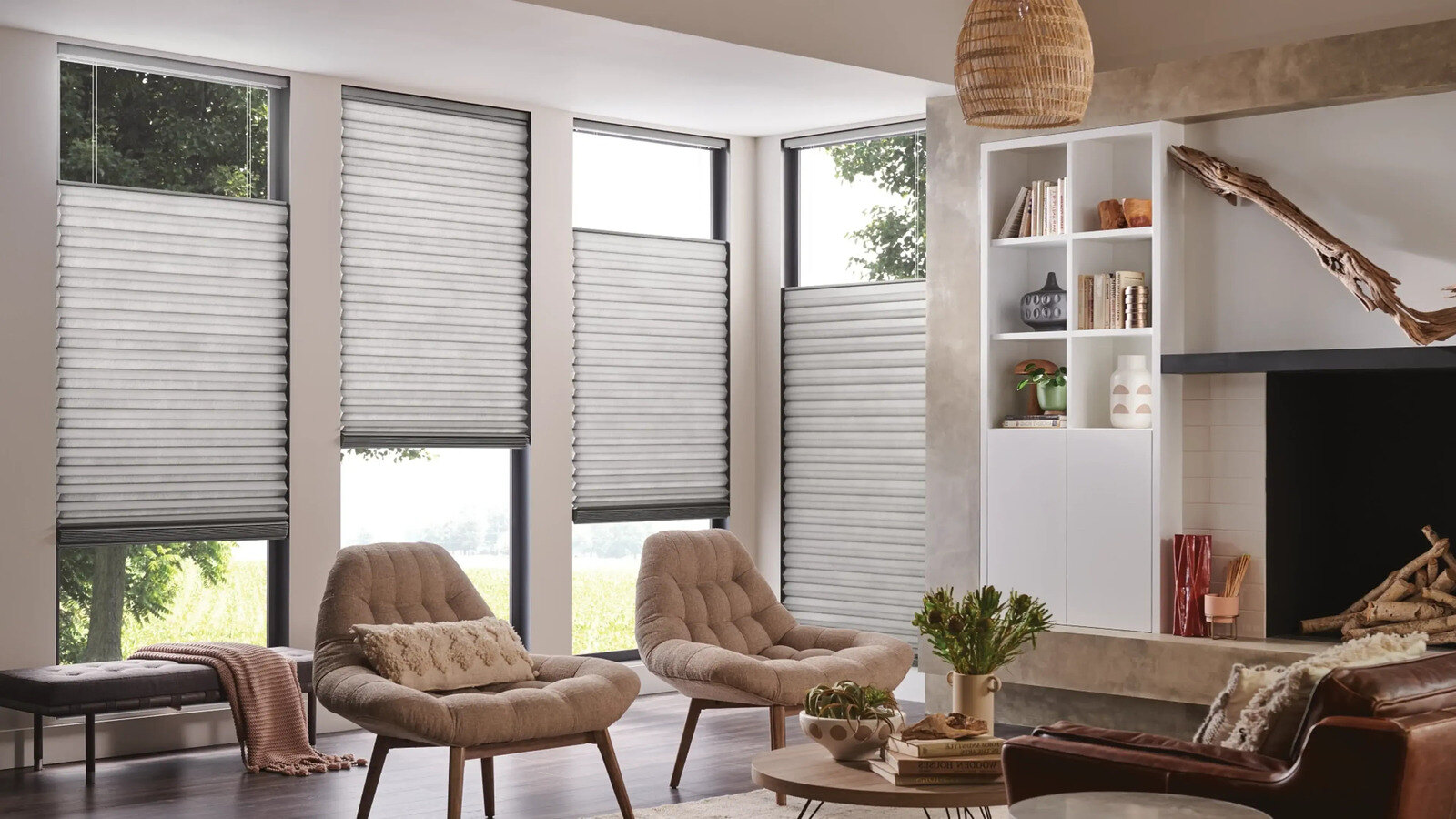

0 thoughts on “How Do You Design An Energy-Efficient House”